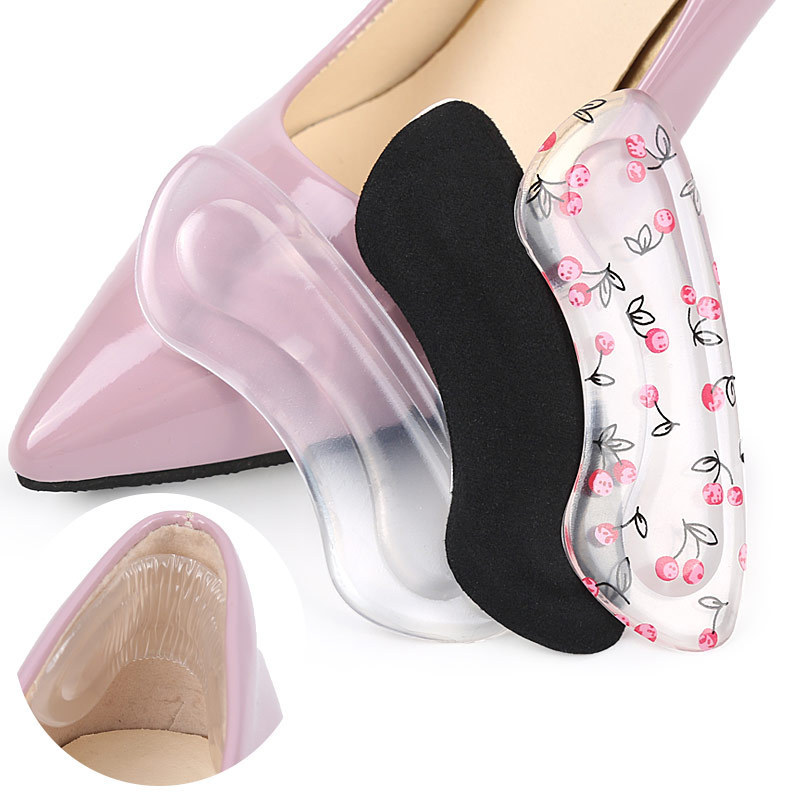When it comes to hiking, having the right footwear is essential for comfort and preventing foot injuries. Shoe insoles can be an important factor in achieving a comfortable and supportive fit for hiking shoes. Here are some things to consider when choosing shoe insoles for hiking:
- Arch support: Look for insoles that provide adequate arch support, as this can help to distribute weight and reduce pressure on the foot. Some hiking insoles are specifically designed for people with high arches or flat feet, so choose accordingly.
- Cushioning: Hiking insoles should provide enough cushioning to absorb shock and prevent fatigue. However, too much cushioning can lead to instability on uneven terrain. Consider your foot’s natural cushioning and the type of terrain you’ll be hiking on when choosing the level of cushioning.
- Material: Insoles made from materials like memory foam or gel can provide better shock absorption than those made of foam or other materials. They may also be more durable and last longer.
- Breathability: Hiking can be a sweaty and hot activity, so it’s important to choose insoles that are breathable and will allow moisture to escape. Look for insoles made of breathable materials, or those with ventilation holes.
- Size and fit: Make sure the insoles fit well in your hiking shoes and don’t bunch up or slide around. Insoles that are too large can cause your feet to slide forward, while those that are too small can cause cramping and discomfort.
- Weight: Consider the weight of the insoles as they can add additional weight to your shoes. Lightweight insoles made from materials such as EVA foam or cork can provide sufficient support without adding too much weight.
Overall, choosing the right shoe insoles for hiking can make a big difference in the comfort and support of your hiking shoes. Be sure to consider your specific needs and preferences when selecting the right insoles for you.



